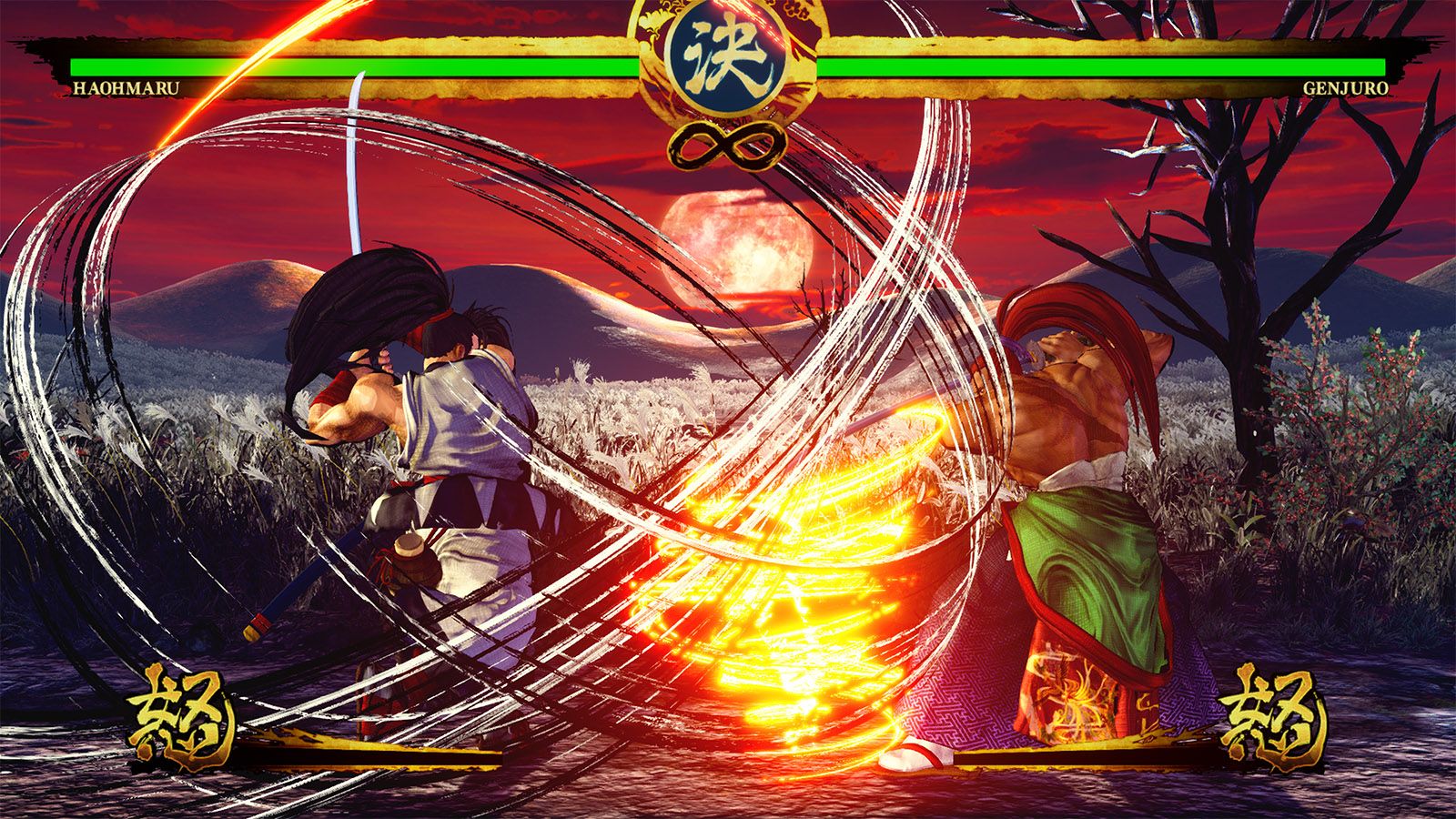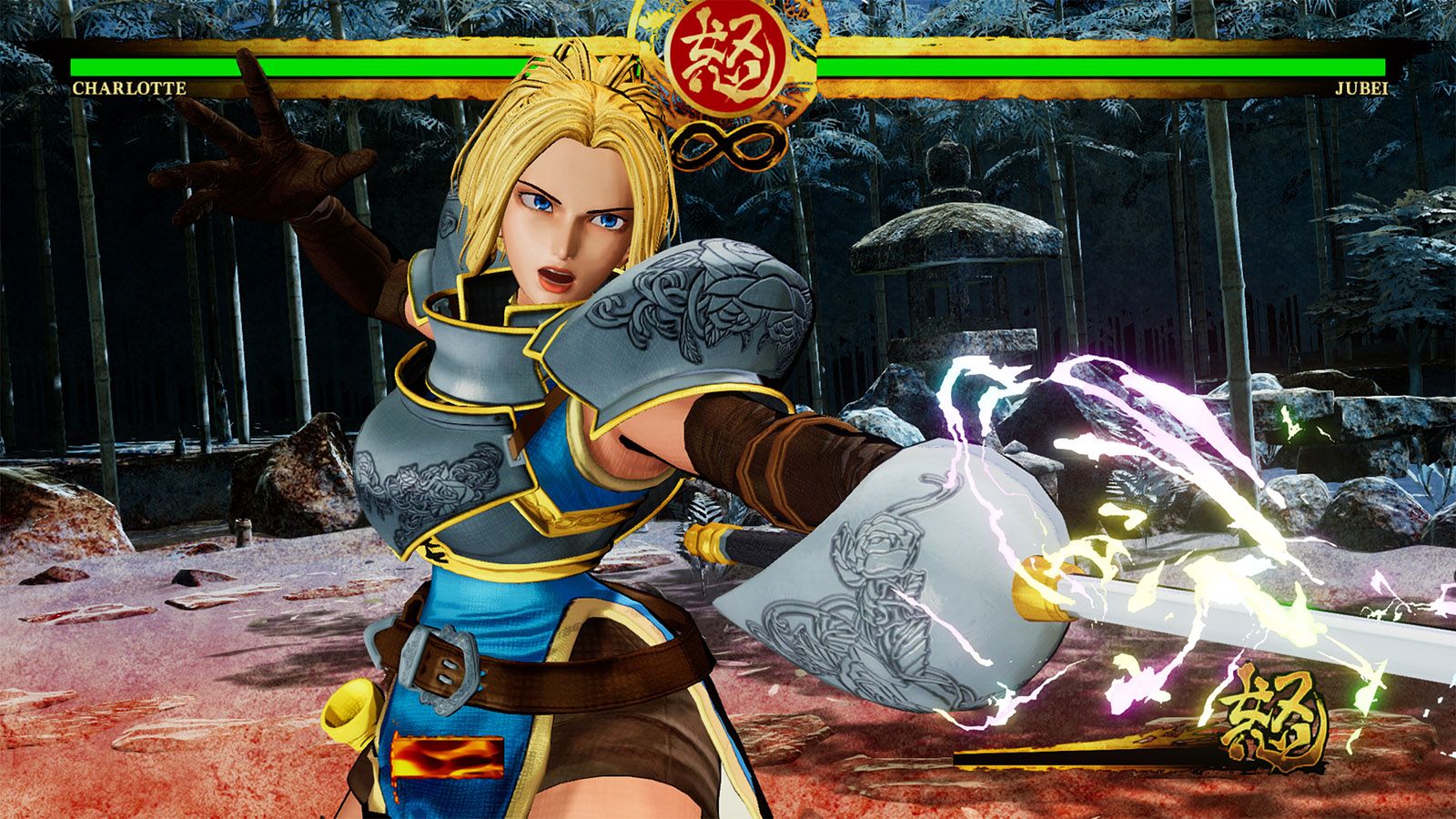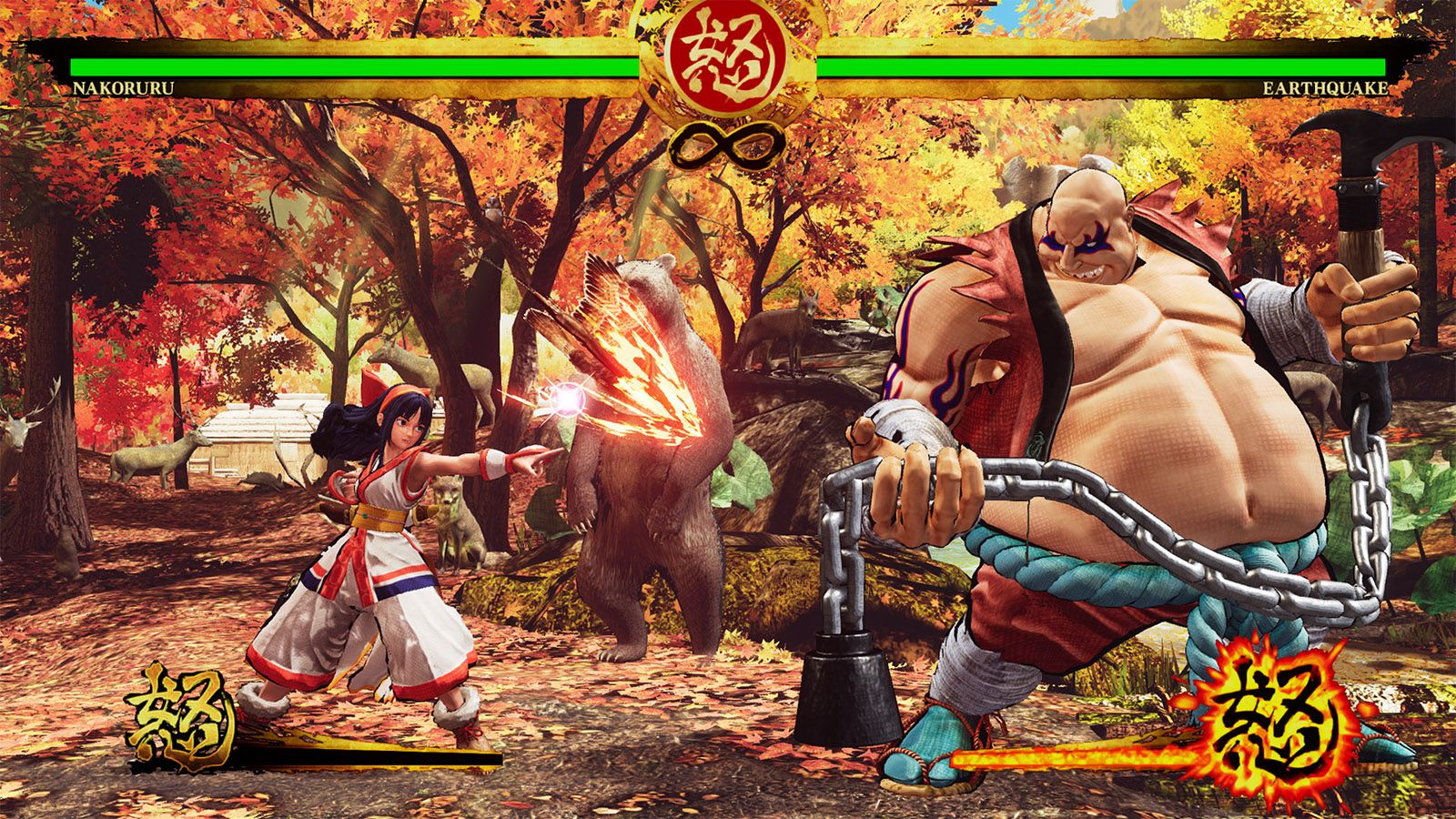Japanese developer/publisher SNK is viewed by reverence with those old enough to recall the arcade-game era. The company's powerful but pricey Neo Geo consoles saw it briefly become a major games industry player in the 1990s. But the company is best known for its beat-em-ups – especially Samurai Shodown, which broke new ground for the genre in 1993.
Given the slew of high-quality, high-tech beat-em-ups that have been released in recent years, such as Mortal Kombat 11, Dragon Ball FighterZ, Injustice 2 and Soul Calibur VI (which, like Samurai Shodown, features swords), it was vital that SNK take a measured approach to dragging Samurai Shodown into the 21st century. Wisely, and somewhat bravely, it has opted to preserve the bulk of the original game's look and feel, giving it a distinctly retro vibe in comparison with those peers.
Our quick take
Overall, Samurai Shodown looks great but in gameplay terms feels like something of a throwback to the early days of beat-em-ups, when hardware restrictions forced a more considered, tactical approach. That means that habitual random button-mashers will hate it, while beat-em-up fans with a nostalgic yearning and, perhaps, direct memories of classic games from the 90s will absolutely adore it. Whether or not you should buy it is very much a matter of personal taste.

Samurai Shodown - 4.0 / 5
| FOR | AGAINST |
|---|---|
|
|
Samurai Shodown
Polished to perfection?
Graphics-wise, it can't be faulted: its characters have been rebuilt in three dimensions, but they haven't lost their quirky individuality, and Samurai Shodown's famous appropriation of a bunch of distinctly Japanese art-styles has become more pronounced and enjoyable than ever. As with the original, Samurai Shodown's graphical style often even morphs mid-bout, to eye-popping effect.
But compared with modern, super-responsive beat-em-ups, Samurai Shodown's gameplay feels like it belongs to a near-forgotten age, which will thrill some gamers and alienate others. It forces players to take a slow and considered approach: the characters' movements feel quite restricted, so you must be very tactical about how you employ blocks before choosing the right moment to open up with an attack, and then choose your attack wisely: light attacks don't cause that much damage, whereas heavy attacks leave you open to counters.
There are some special moves which, thankfully, aren't too arcane and difficult to pull off, and a rage meter which fills when you take damage, bringing the possibility of late-bout turnarounds if you opt to cash your rage in for a devastating flurry of moves. A Training section introduces all the game's basic principles and more arcane moves at great length, in a functional rather than enormously engaging manner.
Functional yet fun
The word functional offers the best description of the game's underlying structure, too. It isn't exactly overendowed with funky modes, and the single-player story mode concentrates on dropping you into a stream of bouts with the bare minimum of preamble. It's pretty bare-bones, but at least is quite long.
A Dojo mode attempts to innovate, by attempting to analyse your style and turning you into a "ghost" player that others can play offline, but the ghosts we took on didn't feel as different to AI opponents as we expected. Perhaps once people play it more extensively, Dojo mode's AI will better learn the subtleties of their play-styles, so there's every possibility that it could become a more compelling side of the game as time elapses.
The multiplayer side of the game, again, is serviceable rather than spectacular. It gets the basics right, with decent lobbying and no egregious lag, and once you get into the ranked play, it becomes more flexible – you can't, for example, invite friends to participate in casual play.
Samurai Shodown
To recap
A revered arcade-era beat-em-up receives a serviceable but effective 21st-century makeover. It's fabulous if you prefer an old skool style of gameplay; less compelling if you seek responsiveness and fluidity above all else.


